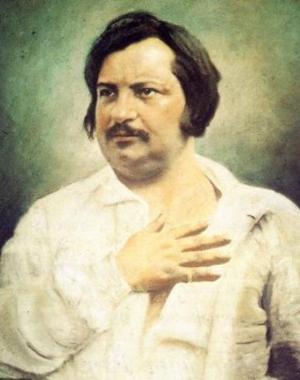Indian Tribes of the Upper Missouri Edited With Notes and Biographical Sketch
Nonfiction, Religion & Spirituality, New Age, History, Fiction & Literature| Author: | Edwin Thompson Denig | ISBN: | 9781465601698 |
| Publisher: | Library of Alexandria | Publication: | March 8, 2015 |
| Imprint: | Language: | English |
| Author: | Edwin Thompson Denig |
| ISBN: | 9781465601698 |
| Publisher: | Library of Alexandria |
| Publication: | March 8, 2015 |
| Imprint: | |
| Language: | English |
Origin.—But little traditionary can be stated by these Indians as authentic of their origin which would be entitled to record in history, though many singular and fabulous tales are told concerning it. As a portion of people, however, once inhabiting another district and being incorporated with another nation, their history presents a connected and credible chain of circumstances. The Assiniboin were once a part of the great Sioux or Dacotah Nation, residing on the tributary streams of the Mississippi; say, the head of the Des Moines, St. Peters, and other rivers. This is evident, as their language with but little variation is the same, and also but a few years back there lived a very old chief, known to all of us as Le Gros François, though his Indian name was Wah-he´ Muzza or the “Iron Arrow-point,” who recollected perfectly the time of their separation from the Sioux, which, according to his data, must have been about the year 1760.3 He stated that when Lewis and Clark came up the Missouri in 1805 his band of about 60 lodges (called Les Gens des Roches) had after a severe war made peace with the Sioux, who at that time resided on the Missouri, and that he saw the expedition referred to near White Earth River, these being the first body of whites ever seen by them, although they were accustomed to be dealt with by the fur traders of the Mississippi. After their first separation from the Sioux they moved northward, making a peace with the Cree and Chippewa, took possession of an uninhabited country on or near the Saskatchewan and Assiniboin Rivers, in which district some 250 or 300 lodges still reside. Some time after the expedition of Lewis and Clark, or at least after the year 1777, the rest of the Assiniboin, at that time about 1,200 lodges, migrated toward the Missouri, and as soon as they found superior advantages regarding game and trade, made the latter country their home. One principal incident in their history which they have every reason to remember and by which many of the foregoing data are ascertained is a visitation of the smallpox in 1780 (see Mackenzie’s travels), when they occupied the British territory. Even yet there are two or three Indians living who are marked by the disease of that period and which greatly thinned their population, though owing to their being separated through an immense district, some bands entirely escaped. Upon the whole it does not appear to have been as destructive as the same disease on the Missouri in 1838, which I will have occasion to mention in its proper place in these pages and which reduced them from 1,200 lodges to about 400 lodges.
Origin.—But little traditionary can be stated by these Indians as authentic of their origin which would be entitled to record in history, though many singular and fabulous tales are told concerning it. As a portion of people, however, once inhabiting another district and being incorporated with another nation, their history presents a connected and credible chain of circumstances. The Assiniboin were once a part of the great Sioux or Dacotah Nation, residing on the tributary streams of the Mississippi; say, the head of the Des Moines, St. Peters, and other rivers. This is evident, as their language with but little variation is the same, and also but a few years back there lived a very old chief, known to all of us as Le Gros François, though his Indian name was Wah-he´ Muzza or the “Iron Arrow-point,” who recollected perfectly the time of their separation from the Sioux, which, according to his data, must have been about the year 1760.3 He stated that when Lewis and Clark came up the Missouri in 1805 his band of about 60 lodges (called Les Gens des Roches) had after a severe war made peace with the Sioux, who at that time resided on the Missouri, and that he saw the expedition referred to near White Earth River, these being the first body of whites ever seen by them, although they were accustomed to be dealt with by the fur traders of the Mississippi. After their first separation from the Sioux they moved northward, making a peace with the Cree and Chippewa, took possession of an uninhabited country on or near the Saskatchewan and Assiniboin Rivers, in which district some 250 or 300 lodges still reside. Some time after the expedition of Lewis and Clark, or at least after the year 1777, the rest of the Assiniboin, at that time about 1,200 lodges, migrated toward the Missouri, and as soon as they found superior advantages regarding game and trade, made the latter country their home. One principal incident in their history which they have every reason to remember and by which many of the foregoing data are ascertained is a visitation of the smallpox in 1780 (see Mackenzie’s travels), when they occupied the British territory. Even yet there are two or three Indians living who are marked by the disease of that period and which greatly thinned their population, though owing to their being separated through an immense district, some bands entirely escaped. Upon the whole it does not appear to have been as destructive as the same disease on the Missouri in 1838, which I will have occasion to mention in its proper place in these pages and which reduced them from 1,200 lodges to about 400 lodges.















